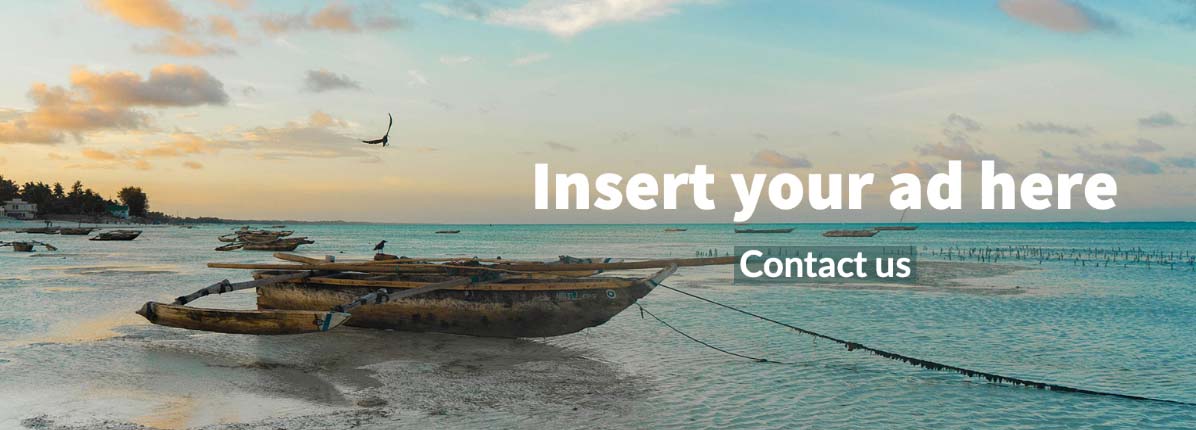What to do in Johannesburg? Local Feliciana Groothuis shares her favourite spots and guides you through the metropolis, where she has been living for three years.
Four years ago, the Dutch expat set foot ashore to explore the heart of South Africa as a potential home address. “Is Johannesburg safe, I wondered. And can I even walk down the street? Then you find out that you actually have so many prejudices against a city like this.”
Feliciana has been living in ‘Jozi’ for over three years now and is extremely enthusiastic. “Johannesburg is really a fantastic city,” she says. “It’s a bit like Rotterdam: you will not get it handed on a silver platter, and you have to know where to go. After a while, you will learn to appreciate the city.”
Weather & climate
Feliciana considers the weather and climate to be one of the most advantageous features of the metropolis: “You have about 360 days of sunshine a year in this area. And because Jo’burg is situated at an altitude of 1700 metres, it cools down comfortably in the mornings and in the evenings.
In addition, Johannesburg is very green, and the city has the largest planted forest: “It is truly different from other cities. I once drove over the highway with a friend, when she looked outside she asked if the city centre was a park, that’s how green it is. There are so many trees here. And it is so vast here. That’s why it’s hard to understand where you have to be.”
Things to do
Luckily Feliciana can help us a bit with that. The things you have to do and where you have to be, when in Jo’burg – according to her:
Apartheid Museum
During Apartheid, Jo’burg was divided into ‘white’ and ‘non-white’ areas on the basis of skin colour. “To understand the scale and impact of this policy, the Apartheid Museum is an absolute must visit,” says Feliciana. As the remnants of Apartheid can still be seen throughout South Africa, the same unfortunately applies to Johannesburg.
> Apartheid Museum, Northern Park Way and Gold Reef Rd, Johannesburg, 2001, open daily, www.apartheidmuseum.org/
Maboneng
Maboneng, ‘Braam’ and 44 on Stanley are great initiatives, which are definitely worth a visit: “There are two streets that are very cool. Just be careful with when visiting this area in the evening, you shouldn’t just wander around and just remain on those two streets,” Feliciana advises.
Neighbourgoods Market Braamfontein
“Johannesburg has been rebuilt five or six times. The city ended up in such an economic decline with the Apartheid in the ’70s, that the renewal stopped and it still has its current appearance. Lately, they have been trying to revitalize certain parts of the city with success: Maboneng and the Neighbourgoodmarket in Braamfontein are examples of trendy places with restaurants and art studios in areas where, in the old days, it would be better not to go.”
> Maboneng Precinct, 276 Fox St, City and Suburban, Johannesburg, 2094, South Africa, www.mabonengprecinct.com/ | Neighbourgoods Market Braamfontein, 73 Juta St, Johannesburg, 2000, South Africa, every Saturday, neighbourgoods-market.business.site/
Johannesburg city centre: 44 Stanley
The 44 Stanley is another must go. This district in the ‘black’ part of the old centre has been revitalized for some time now. “There are two courtyards, where all ethnicities come together. It’s hip and happening, but with residents who are not yet adapted to the flow of tourists.”
> 44 Stanley, 44 Stanley Ave, Braamfontein Werf, Johannesburg, 2092, www.44stanley.co.za
Discover colourful graffiti with PAST Experiences
Although a visit to the above places is fun, it also gives a rather one-sided image. “As an expat, you can easily stay in a bubble and enjoy a very Dutch programme,” says Feliciana. “That’s why I really appreciate a number of tours, including the Graffiti Tour of PAST Experiences. Art reflects and shows what’s going on in society. This tour makes sure that you are confronted with the facts.”
Hillbrow: on to the Ponte Tower
“The Ponte City Experience with Dlala Nje is also a great thing to do,” she continues. The Ponte Tower in Hillbrow was the pinnacle of decadence in the 1970s, but fell into serious disrepair in the 1990s – with drugs, poverty, prostitution and crime predominating. The skyscraper was also called the ‘vertical slum’. Nowadays, however, this is no longer the case and the iconic building primarily tells a story of resilience and hope.
Discover more travel inspiration for your trip to South Africa.


Recent Comments